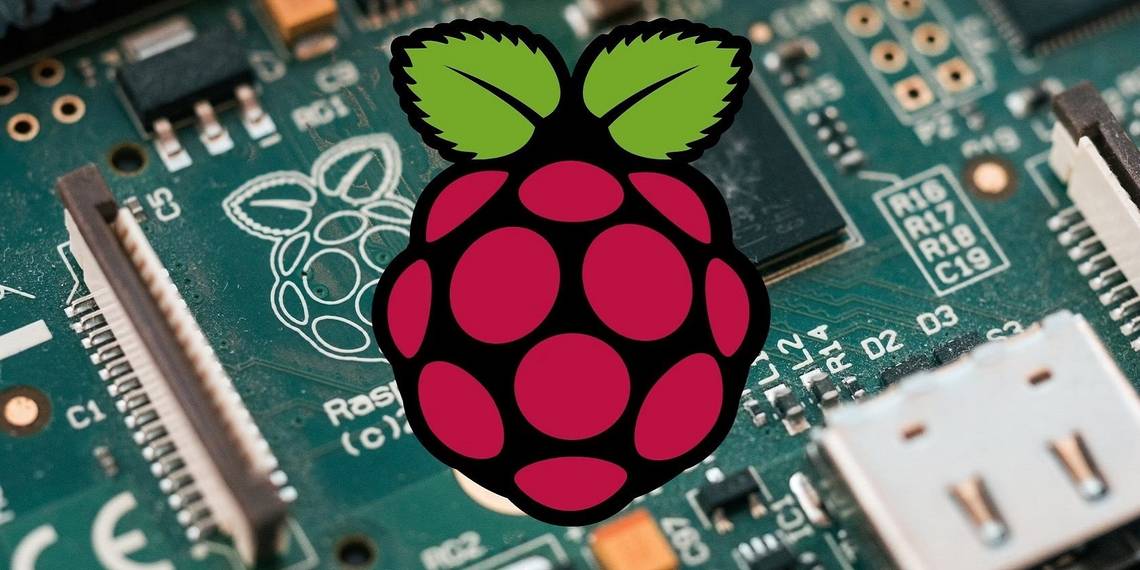Setting up Raspberry Pi

How to Set Up Your Raspberry Pi and Build Your Own Server from Scratch Welcome to this guide that walks you through setting up a Raspberry Pi-based server and preparing it to run a Kubernetes cluster using modern tools and best practices. Whether you’re exploring self-hosting or diving into edge computing, this is a great starting point.
📦 What’s This All About? This repository is intended to help you learn how to set up your own Raspberry Pi server and build a Kubernetes cluster using recommended technologies. We’ll cover both hardware and software requirements so you can start from scratch and progress confidently.
🧰 What You’ll Need – Hardware Checklist Before we begin, make sure you have the right hardware in place. Here’s a list of essentials and recommendations to get started:
✅ Required Hardware Raspberry Pi 4 or Pi 5
Minimum: 4 GB RAM
Recommended: 8 GB RAM (for future scalability)
Cooling Solution
Raspberry Pi cooler or fan to prevent overheating.
Power Supply
Official 27W Raspberry Pi charger or an equivalent one with stable power output.
Case (Optional)
A protective case for better airflow and portability.
Display Cables
Two micro HDMI to HDMI cables if you plan to connect to a monitor.
Storage Options
Recommended SD Card: Class A2 U3, 256 GB (e.g., SanDisk Extreme or Samsung Pro Plus)
Better Performance: SSD or NVMe SSD with compatible USB base.
Imaging Software
Raspberry Pi Imager or similar tool to flash the OS onto the storage device.
💻 Software Setup – Preparing the OS With your hardware ready, it’s time to install an operating system on your Pi. Here’s how to go about it:
- Download a 64-bit OS Image Pick an OS that suits your use case. Some common options include:
Ubuntu Server (Recommended for Kubernetes)
Raspberry Pi OS
Kali Linux
Windows IoT Core
Make sure to download the 64-bit version for better compatibility and performance.
- Install Raspberry Pi Imager Download it from the official Raspberry Pi website.
Install it on your laptop or desktop.
- Flash the OS Image Insert the SD card or SSD into your computer.
Launch Raspberry Pi Imager.
Choose the downloaded OS image.
Select the correct storage device.
Follow the on-screen steps to flash the image.
Once done, insert the storage device into the Raspberry Pi and power it up. You’ll be ready to begin your journey into server hosting and Kubernetes!
🚀 Next Steps Now that your Raspberry Pi is set up with a bootable OS, the next phase is configuring it for a Kubernetes cluster and deploying services. In upcoming posts, we’ll guide you through:
Kubernetes installation on ARM
Setting up networking
Deploying your first containerized apps
Using monitoring and observability tools
Stay tuned!

 Never miss a story from us, subscribe to our newsletter
Never miss a story from us, subscribe to our newsletter